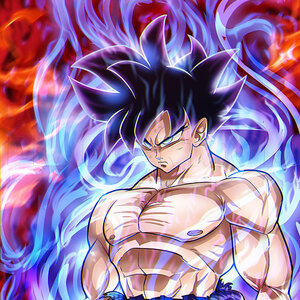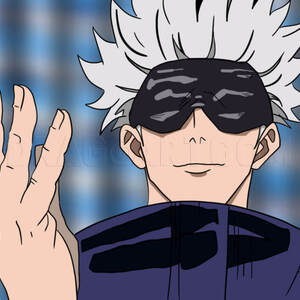1
Begin by drawing a large potato shape to create the basic form of the head and body. You could also do this by making two circles – a large one for the abdomen and a smaller circle for the head. Then connect the two circles to form one large irregu
2
The elephant’s trunk is obviously the dominant feature of its face. It has a very wide base (see where it connects to the ‘potato’ shape) and extends to the ground. The green arrow shows how the front of the face curves slightly forward as it b
3
Unlike most other animals, the legs of an elephant are pretty straightforward to draw. The two nearside legs were added in step 2, and the two legs added here are thus on the opposite side of the elephant (the ‘far-side’). Because the perspective
4
There are a few facial features that we need to add before we start shading the drawing. Firstly, add the tusks which emanate from the lowest point of the skull and curve down and forwards from the face. You can play around with the size and shape of
5
We can now start to create the elephant skin texture. Elephant skin is very thick and has thousands of small creases and wrinkles which criss-cross the body. At first it looks very complicated, but it is actually one of the easier animal textures to
6
Smooth out the shading. The technique is explained below the drawing and involves just roughly shading an area (1), smoothing it out with a cotton pad/tissue (2) (using circular motions), and then repeating the steps (3, 4). You don’t really need t
7
There are only four areas of strong shadow in the drawing – behind the ear, behind the front leg/below the body, behind the belly and on the far-side rear leg. When drawing the shadow of the ear, try to keep it in a similar shape to that of the ear
9
Now we can start to draw the skin texture. Elephants have heavily wrinkled skin that requires a special technique. The texture also isn’t the same in all regions of the elephant’s body – the skin around the rear leg has deep and long wrinkles,
10
The hip area has very deep wrinkles. [1] Begin by drawing just an outline of the wrinkles, making sure you get the general shape correct. [2] Thicken the lines with a dark pencil. [3] Now make the lines irregularly shaped with bulges and blobs. [4] F
11
Here you can see how the skin texture is progressing around the three areas highlighted. The wrinkles on the face are all aligned along the bony ridge that we shaded earlier, and also note how the wrinkles wrap around the eye. The wrinkles behind the
12
Start to shade the folds of skin into the edge of the ear. It’s easy to overdo this, so try not to go too crazy.
13
Start to develop the texture on the trunk. These wrinkles arc across the width of the trunk and are different thicknesses.
14
Keep adding rings to the trunk as shown. Then add a lot of lines to the front legs and body to develop a leathery texture. The left inset image shows the development of this texture, and the right inset image shows how the rear leg texture is progres
15
The skin texture that covers most of the front leg and body is made up of many fine wrinkles that criss-cross each other. This is a pretty straightforward process that involves just drawing a bunch of lines in one direction, then another set over it
16
Add more wrinkles to the trunk. Notice how these wrinkles get less and less distinct further down the trunk, to the point where there are only minor wrinkles visible at the tip of the trunk.
17
Shade over most of the trunk and then add small vertical notches across the wrinkles you added in earlier steps. These notches can be pretty random shapes; they just need to break up the symmetry of the trunk texture. I've also added a lot of small l
18
In this step you need to finish the skin texture of the main body region. There are two textures that need to be added; the thin, fine wrinkles (using the technique from step 15) to the upper left area of the body, and the deep, dark wrinkles (from
20
We are now almost finished. The only major steps left to complete are the vertical wrinkles along the elephant’s spine and the shadow beneath the elephant. When drawing the shadow, keep in mind that the light source of the image is the midday sun a
Comments 0
Details
January 19, 2014
Description: African bush elephants are the largest land animals in the animal kingdom and are unique in appearance. Their trunks and large tusks are immediately identifiable and make this species an icon of African wildlife. This tutorial will explain how to sketch an elephant in a realistic style and requires HB-4B pencils, an eraser, a sharpener, and cotton pads/tissues. Unfortunately, this will be the last long tutorial that I will do for quite a while, but it has turned out to be one of my favorites.



















































































